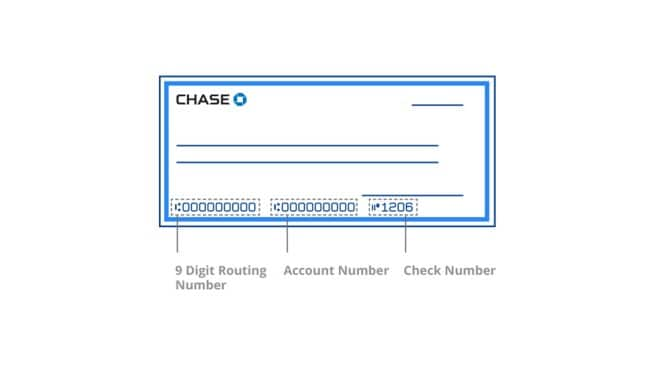Direct deposit: Getting started

Getting your first paycheck and heading to the bank to deposit it is thrilling. Having to go to the bank every time you get paid, however, may quickly lose its shine. Thankfully, most bank accounts come with a direct deposit feature. This option lets you deposit recurring income (like paychecks) directly into your account.
How to set up direct deposit
Setting up direct deposit can be a convenient way to transfer funds. You can even split the funds between different accounts. While specifics may vary depending on your bank, here’s a basic walkthrough on how to set up direct deposit:
Obtain and fill out form
Employers usually provide a direct deposit authorization form upon request. Some employers may even provide one as part of your onboarding paperwork. You can also get these forms via your bank if need be. You may be able to complete the form directly on the bank’s website, but you can also download and fill it out later.
Provide account information
You'll need to provide information for any accounts you’d like to use for direct deposit. This can include your account number and the bank’s mailing address and routing number (sometimes called an ABA number, after the American Bankers Association).
Some institutions may require additional information like your Social Security number or personal address. If you obtained your direct deposit form from the bank instead of your employer, you’ll probably need to provide the employer’s information as well.
Select direct deposit amount
Next, you’ll be asked to select how much of your paycheck should be directed to each of your accounts. This aspect can be especially useful if you’re saving for specific goals or trying to find a way to automate your savings. You can allocate as much or as little as you’d like toward various accounts, or have the full amount deposited in one place.
Provide additional documents
You may be required to provide a voided check or deposit slip with your direct deposit authorization form. This is usually used to verify the routing and account information. If asked, simply attach a check, with the word “VOID” written across its front, to the rest of your form. Labeling the check like this renders it unusable in case it’s lost or stolen.
Submit
As a final step, you’ll then submit the completed direct deposit authorization form either to your employer or to the bank.
How long does it take for direct deposit to activate?
It could take a couple of weeks for a direct deposit to go into effect. It can often take up to two pay cycles with your employer. It might be helpful to consult with your employer to understand their specifics and monitor your account closely during this time.
Do holidays or weekends impact direct deposit?
Holidays and weekends can affect the timing of direct deposits. Banks operate on business days, which are a little different from calendar days. Holidays and weekends don’t count as business days, so any request made around these times may take longer to process.
What qualifies for direct deposit?
Direct deposit is often associated with paychecks from your job, but it's not limited to that. You can also set up direct deposit for other payments such as tax refunds, government benefits and more. This way, you don’t have to spend time in line at a bank or waiting by your mailbox for an important check.
In summary
Direct deposits help automate your recurring income payments. Convenience has helped make them a common banking feature, and direct deposit information is usually made readily available by most employers and financial institutions.



